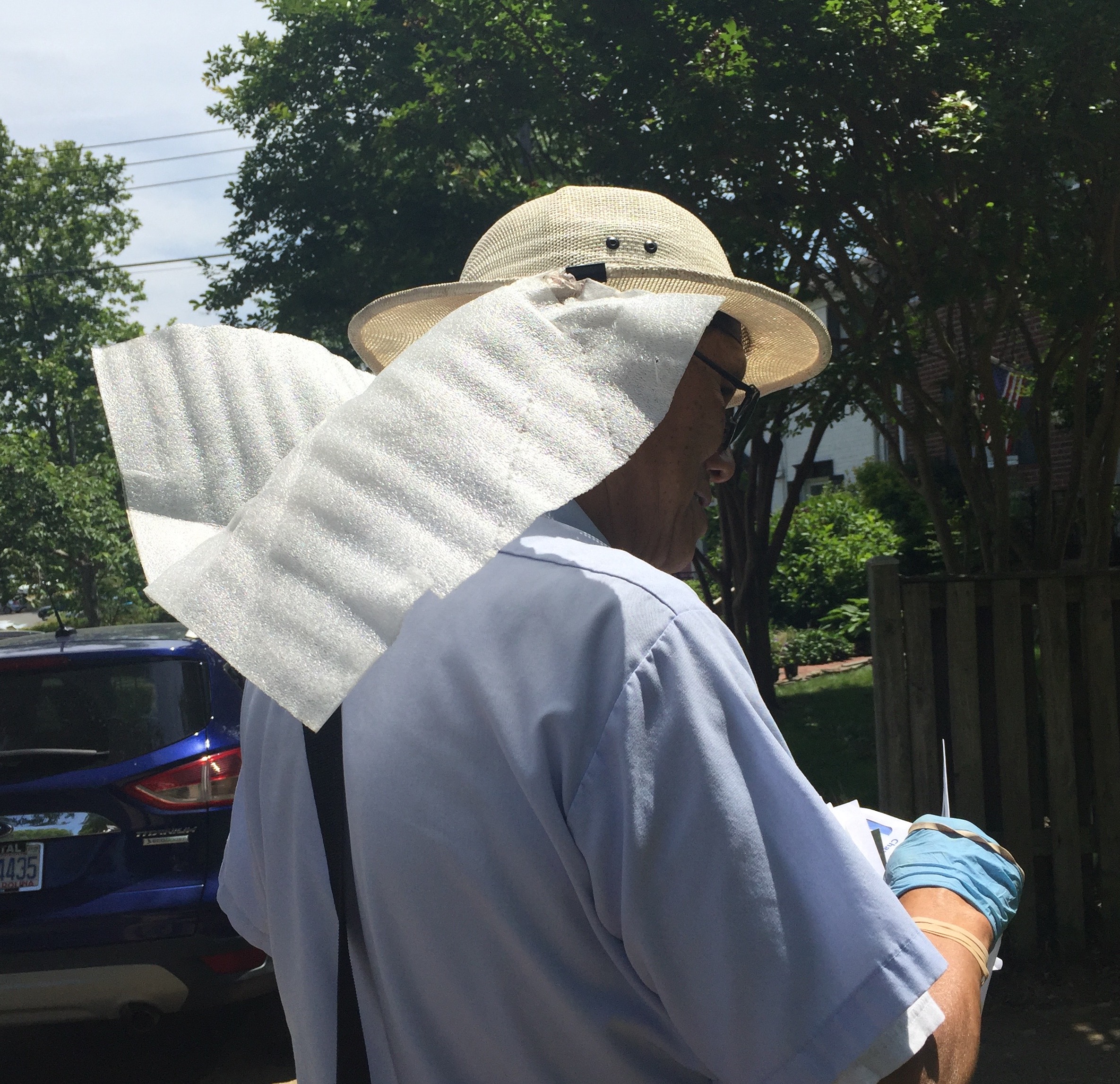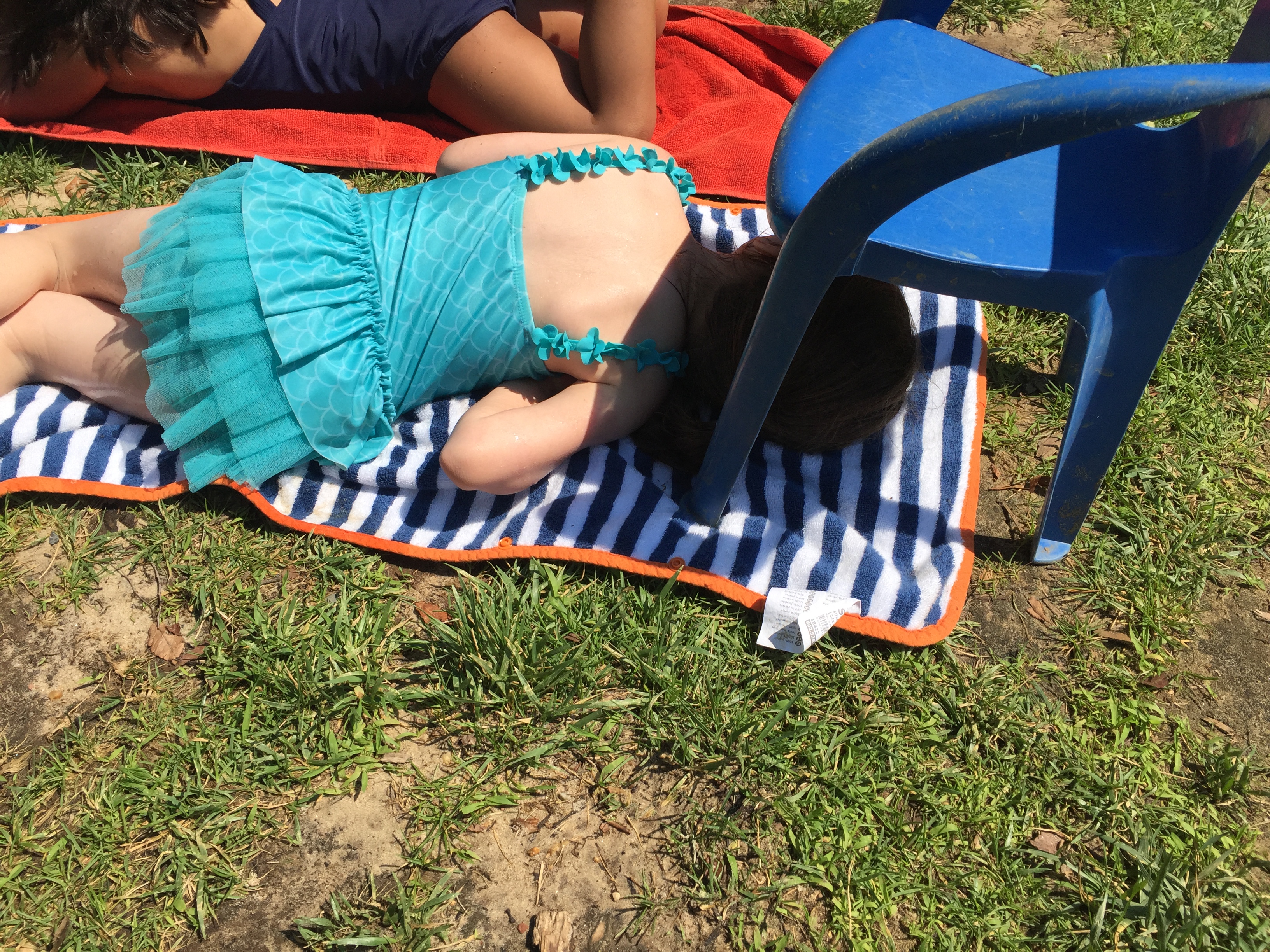Working with a dream team, learning about engineering habits of mind
By Peggy Ashbrook
Posted on 2019-06-02
Taking a chance, I asked two colleagues if they would work with me on a webinar about supporting young children’s early engineering problem-solving. They each said “Yes!” and in the process I have been learning much from Carrie Lynne Draper, MEd, and Beth Van Meeteren, PhD. In the webinar we’ll discuss helping children learn to use materials and their surroundings to build and solve problems as part of early childhood education. The children’s engineering we’ve observed included seeking to build a stable tower, using a stick as a tool, and planning a process to take turns.
Adults and children design solutions to everyday problems such as feeling too hot from being in direct sunlight. Engineering Design K-2-ETS1-1, a “by the end of grade 2” performance expectation in the Next Generation Science Standards, states that children should, “Ask questions, make observations, and gather information about a situation people want to change to define a simple problem that can be solved through the development of a new or improved object or tool.”
While designing sunshades adults and children both may “Plan and conduct investigations to determine the effect of placing objects made with different materials in the path of a beam of light” (NGSS 1-PS4-3) and “Analyze data obtained from testing different materials to determine which materials have the properties that are best suited for an intended purpose” (NGSS 2-PS1-2).
I hope you’ll join us for the live webinar through Early Childhood Investigations, “Supporting Young Children’s Creative Thinking Using Problems They Care About: Engineering Design In ECE,” on Wednesday June 5, 2 PM Eastern time, or view the archived version.
Asking questions and sharing your experiences develops the early childhood education community’s ability to support children’s learning so I look forward to hearing from you!
Disclaimer: The views expressed in this blog post are those of the author(s) and do not necessarily reflect the official position of the National Science Teaching Association (NSTA).




